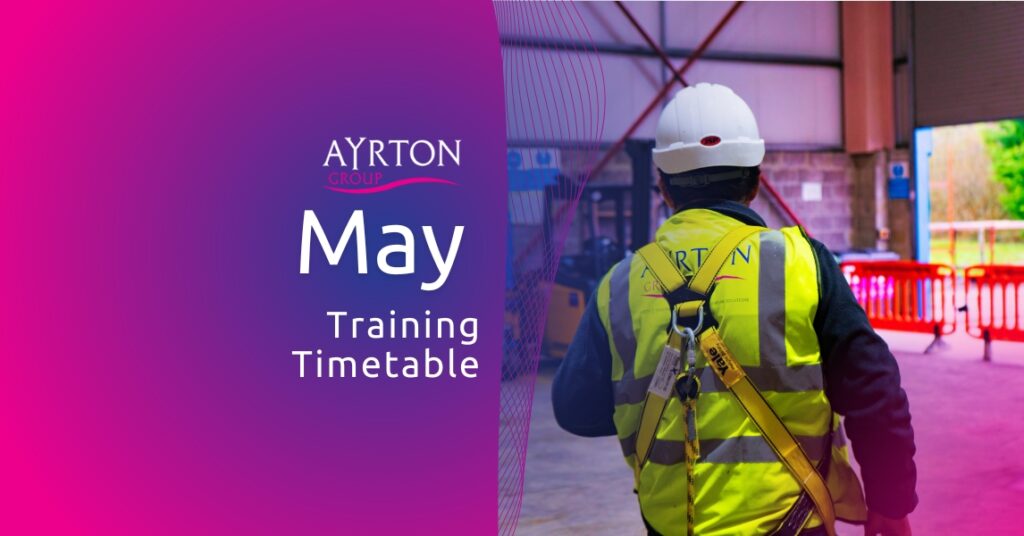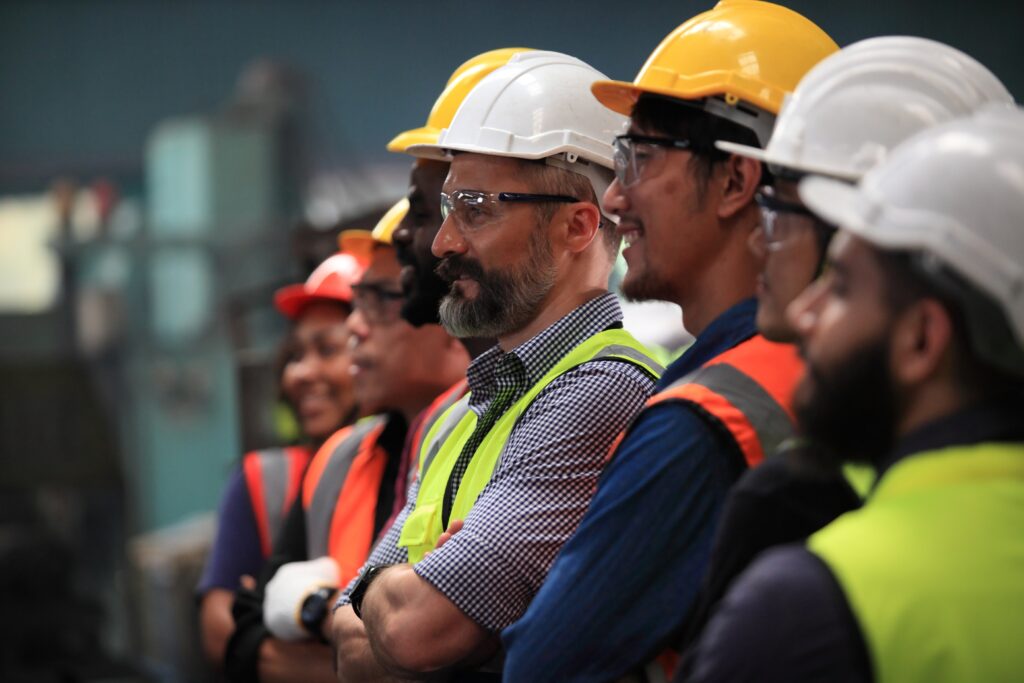Understanding Vulnerable Workers
Under the Employment Equality Acts, employers are obliged to reasonably accommodate people with disabilities and must take “reasonable measures” to meet the needs of employees with disabilities. However, there are employees who may not have a diagnosed disability but still may be more susceptible to risks due to various factors. These individuals are termed as “vulnerable workers”.
Recognising and addressing the needs of this group of workers is crucial to ensure they also have a safe and inclusive working environment.
Vulnerable workers encompass a diverse range of individuals who may be at higher risk of harm or exploitation in the workplace. This group can include but is not limited to:
Young Workers: Those who are new to the workforce and may lack experience or awareness
of workplace hazards or lack of confidence to ask for help.
Elderly Workers: Individuals (over the age of 55) who may experience physical limitations or health issues that make them more susceptible to accidents or injuries. Given many workplaces now allow employees work beyond retirement age, this is a growing group.
Migrant Workers: Those who may face language barriers, cultural differences, or
unfamiliarity with local safety regulations.
Temporary, Contract or Gig Workers: Individuals employed on a short-term basis who may
not receive adequate training or supervision.
Workers with Disabilities: Those who may require accommodations or specialised training to
perform tasks safely. However, as outlined about, legislation is in place to protect this group.
Pregnant or New Mothers: Women who require specific considerations to protect their health and the health of their unborn child or accommodate new mothers’ specific needs and requests.
Sensitively Identifying Vulnerable Workers
Identifying vulnerable workers requires a thoughtful and respectful approach to avoid stigmatisation or discrimination. While the legislation stipulates what employers’ responsibilities are, they also need to assess risk factors and how they might impact potential vulnerable employees while also creating an environment where employees can express their concerns or challenges; this can be done by:
Encouraging Open Communication: Create an environment where workers feel comfortable discussing any concerns or challenges they may face.
Anonymous Employee Surveys: Conduct surveys to gather feedback on workplace experiences, preferences, and any barriers to safety.
Individual Assessments: Conduct confidential individual assessments or consultations to identify specific needs and accommodations for vulnerable workers.
Collaboration with Experts: Seek guidance from occupational health professionals, disability advocates, or cultural consultants to address unique needs effectively.
Protecting Vulnerable Workers
There are some key measures employers can take to safeguard the well-being of vulnerable workers.
Comprehensive Training: Provide thorough safety training programs tailored to the needs of vulnerable workers, emphasising hazard recognition, risk mitigation and emergency procedures.
Accessible Information: Ensure that safety policies, procedures, and instructions are communicated clearly and in multiple languages if necessary.
Personal Protective Equipment (PPE): Supply appropriate PPE to address specific vulnerabilities, such as hearing protection for elderly workers or ergonomic supports for workers with disabilities.
Supervision and Support: Assign mentors or supervisors to closely monitor vulnerable workers, offering guidance and assistance as needed.
Accommodations: Make reasonable accommodations for workers with disabilities or health conditions, such as modifying tasks or providing assistive devices.
Healthcare Resources: Provide access to healthcare services and encourage regular health check-ups, especially for workers with pre-existing conditions or pregnant workers.
Reporting: Ensure safety reporting is done by all employees as it is a key component in effective health and safety procedures.
Importance of conducting Workplace Risk Assessments
Conducting thorough risk assessments is essential for identifying potential hazards and implementing effective control measures. When assessing risks for vulnerable workers, consider the following factors:
Physical Hazards: Evaluate the physical demands of tasks and identify any risks of strain, falls, or repetitive motion injuries.
Environmental Hazards: Assess exposure to extreme temperatures, noise levels, and other environmental factors that may impact vulnerable workers differently.
Psychosocial Risks: Consider factors such as stress, fatigue, and harassment that may disproportionately affect vulnerable workers.
Emergency Preparedness: Ensure that emergency procedures are inclusive and accessible to all workers, including those with mobility limitations or language barriers.
Employers are obliged by law to ensure the health, safety and wellbeing of all employees and there are severe consequences if this is neglected. But there is also the ethical obligation to ensure a productive and harmonious workplace for all. By implementing proactive measures, conducting thorough risk assessments, and sensitively identifying and supporting vulnerable workers, employers can create a culture of inclusivity and safety that benefits everyone involved.
There is more information available on the HSA website. Or contact one of the team at Ayrton Group, 021 431 0331 or email info@ayrton.ie.



